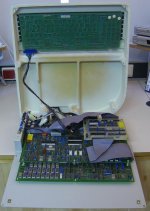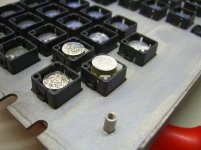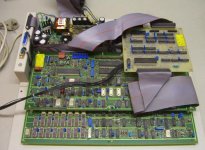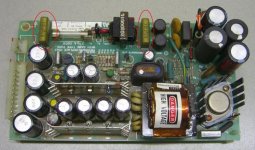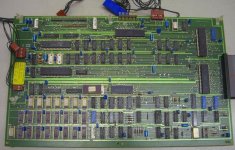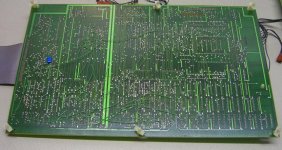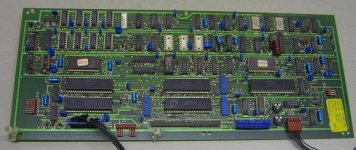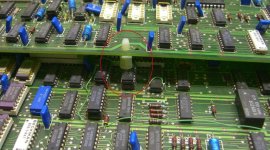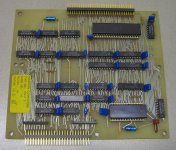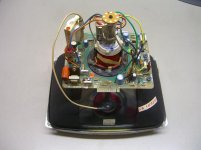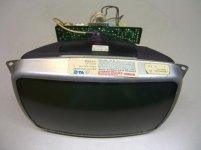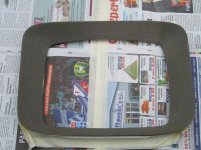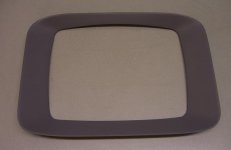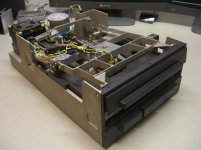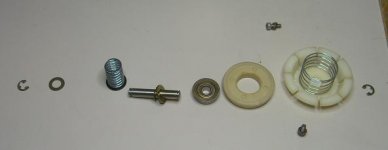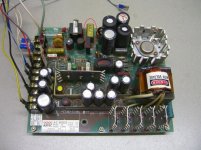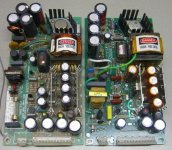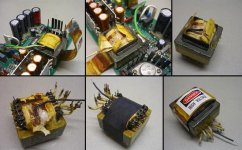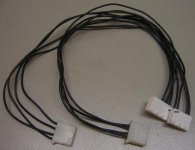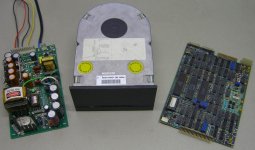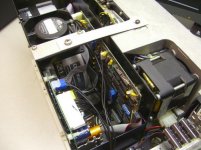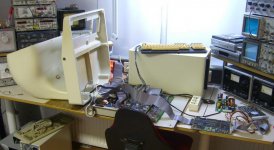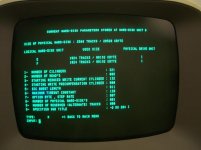Roland Huisman
Veteran Member
Hello Everyone, I've got my Holborn 6100 computer working again.
Here is al little story about Holborn and the repair of the Holborn 6100
You can also watch the machine on http://youtu.be/H-xoC5zRjjE
A little story about Holborn computers. Holborn was founded in 1979 in Hengelo. (In the Netherlands)
This was their first building, but soon it was to small.
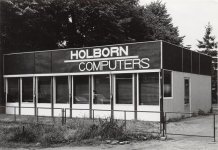
They built a new and bigger building in Enschede. Here you can see the production room.
For the first 9100 series machines they used Beehive terminals. You can see these
terminals at the front. Their core business was the system unit itself. These had a
Holborn mainboard. In later machines they used their own hardware for the terminals.
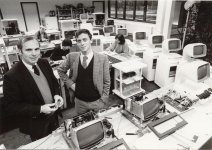
Holborn tried to make a difference in design and flexibility. The first machines
were running HOS. (Holborn Operating System). Holborn made special software
for dentists and jewelers. Flexibility was the key in those days.
But CP/M became more and more standard, so they began tu use CP/M as well
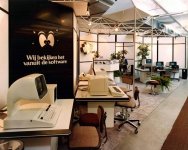
And then, the IBM monster came. It killed almost every small computer company.
Many systems were dumped. But some were saved for years in the attic:
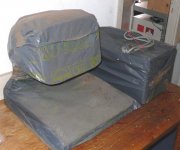
And after a LOT of cleaning and removing nicotine it looked like this:
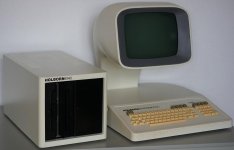
Here is al little story about Holborn and the repair of the Holborn 6100
You can also watch the machine on http://youtu.be/H-xoC5zRjjE
A little story about Holborn computers. Holborn was founded in 1979 in Hengelo. (In the Netherlands)
This was their first building, but soon it was to small.

They built a new and bigger building in Enschede. Here you can see the production room.
For the first 9100 series machines they used Beehive terminals. You can see these
terminals at the front. Their core business was the system unit itself. These had a
Holborn mainboard. In later machines they used their own hardware for the terminals.

Holborn tried to make a difference in design and flexibility. The first machines
were running HOS. (Holborn Operating System). Holborn made special software
for dentists and jewelers. Flexibility was the key in those days.
But CP/M became more and more standard, so they began tu use CP/M as well

And then, the IBM monster came. It killed almost every small computer company.
Many systems were dumped. But some were saved for years in the attic:

And after a LOT of cleaning and removing nicotine it looked like this:

Last edited:

